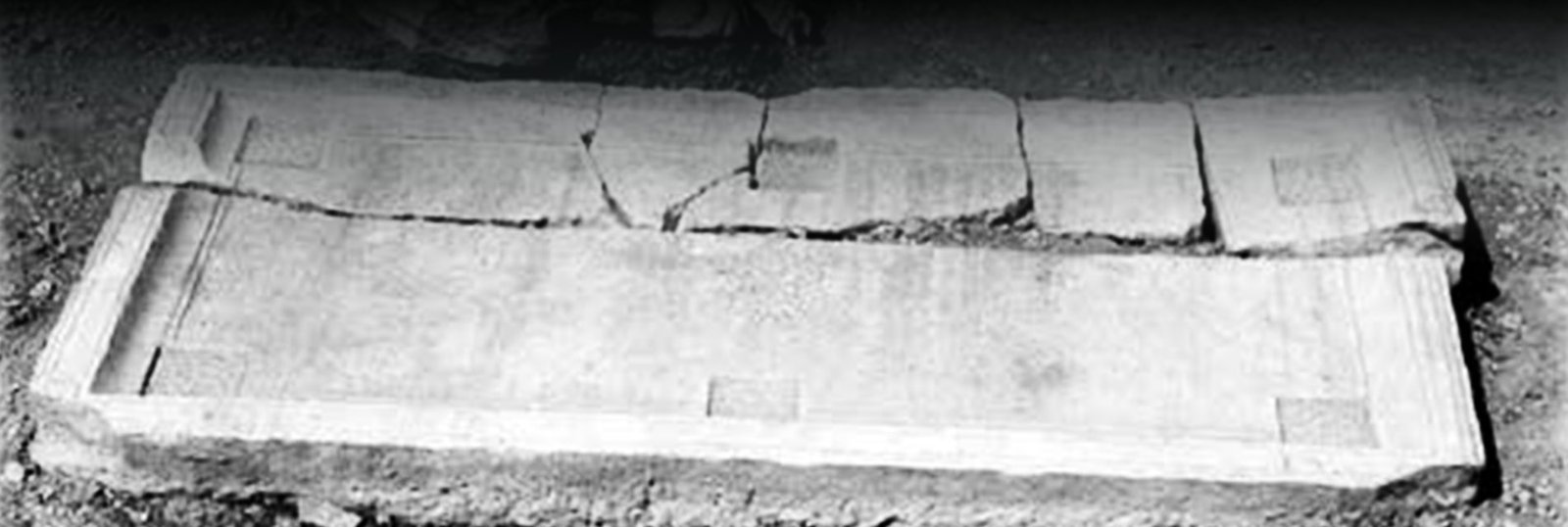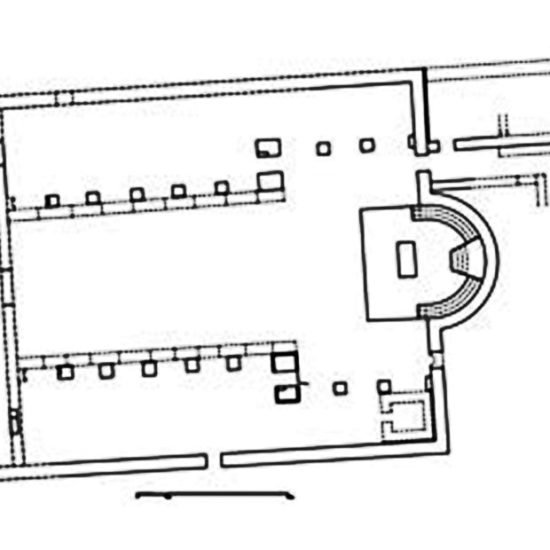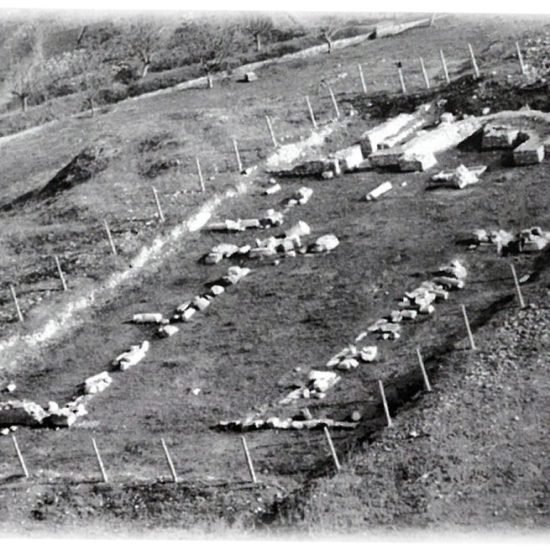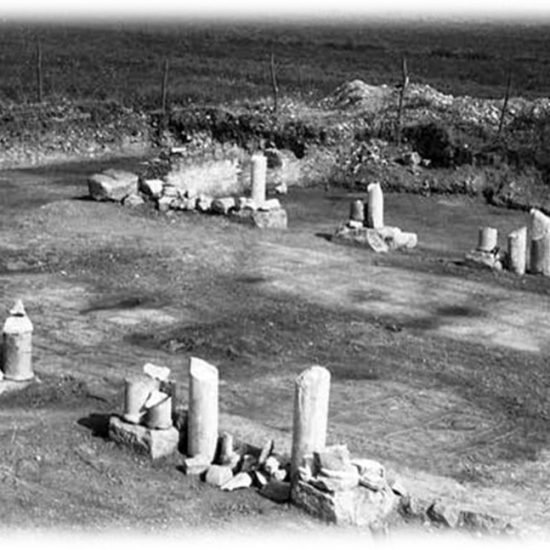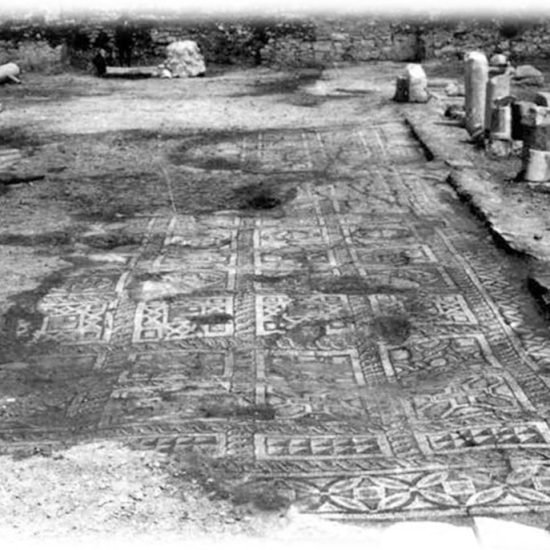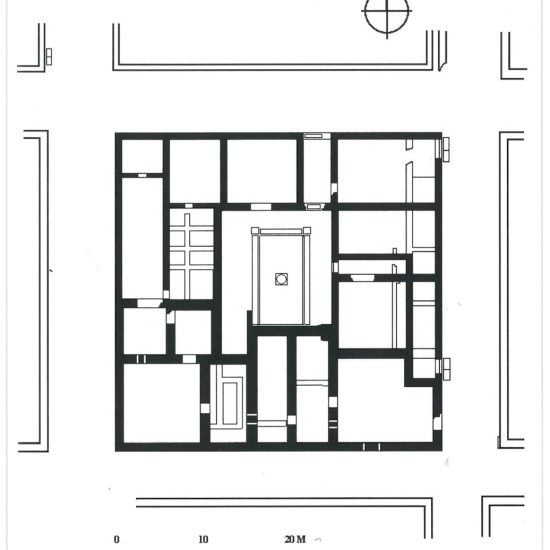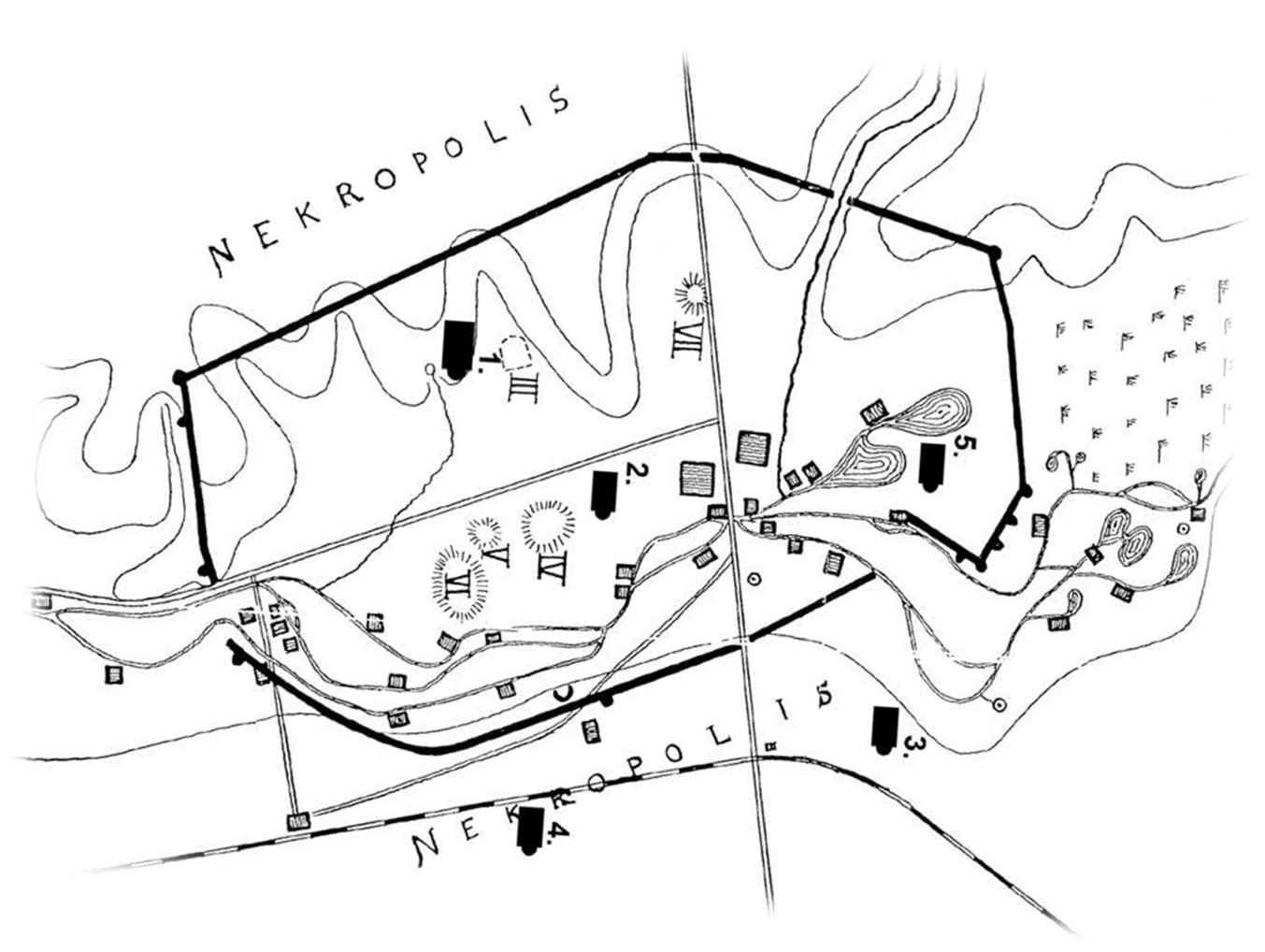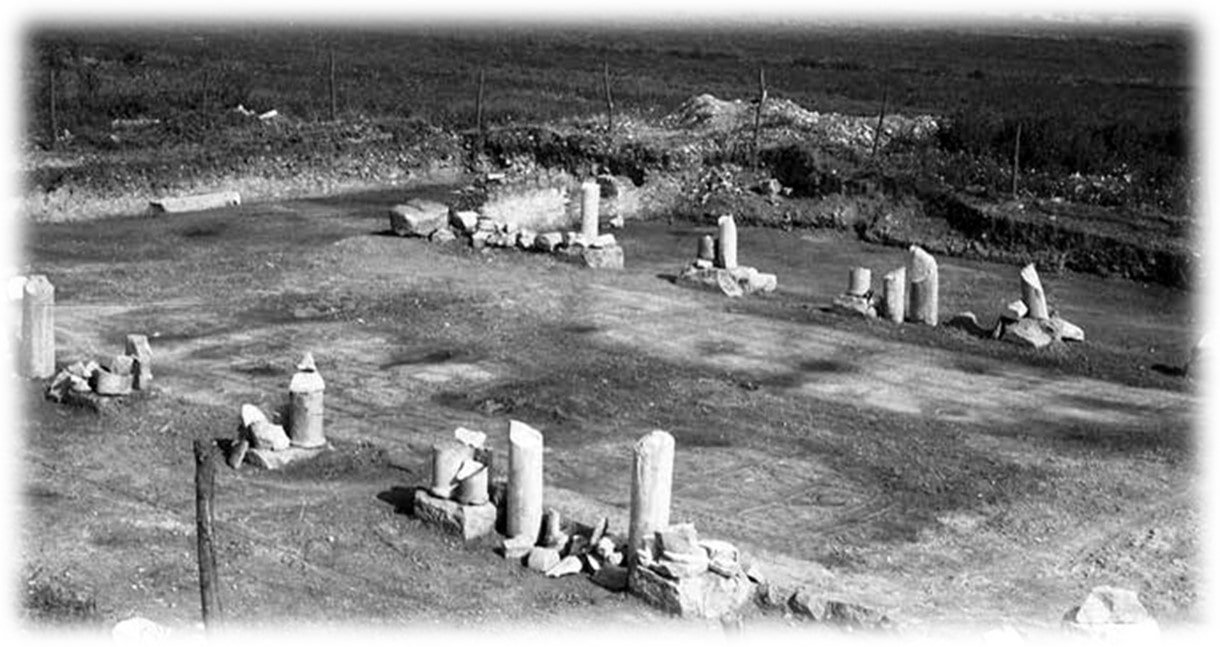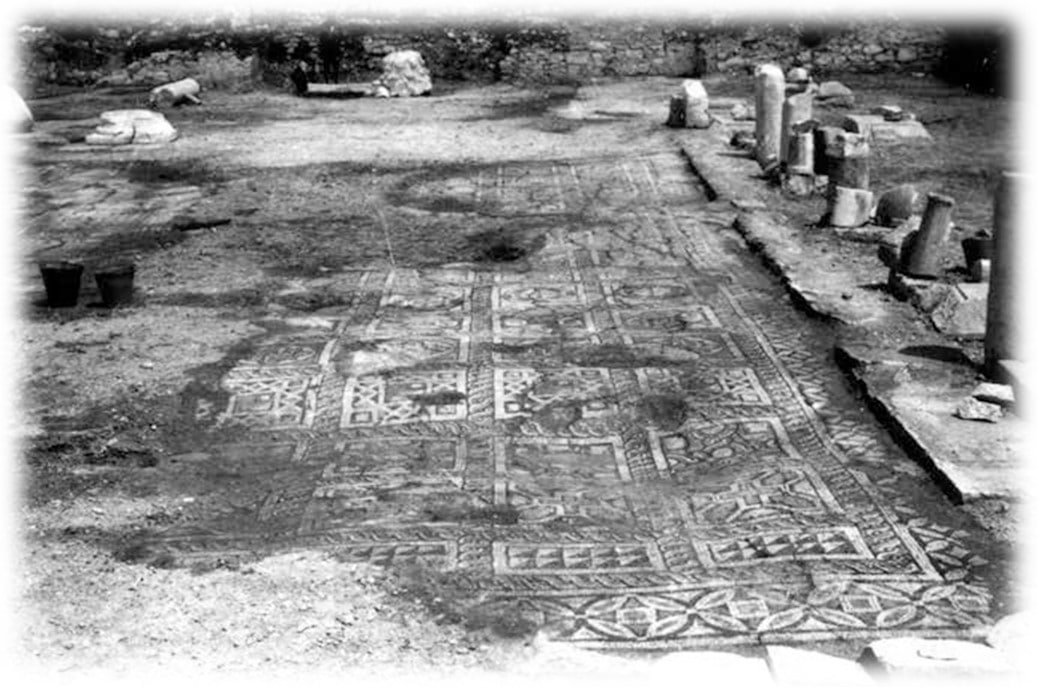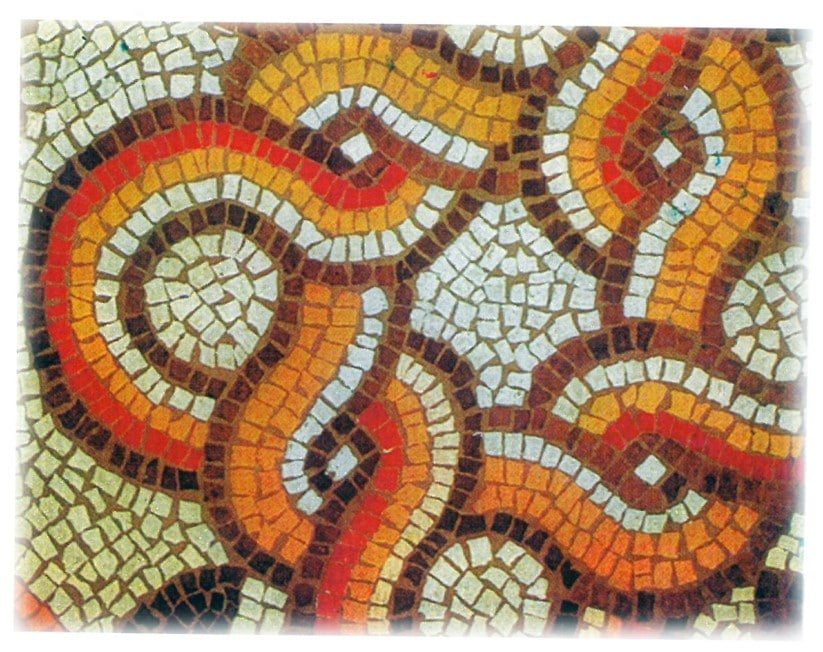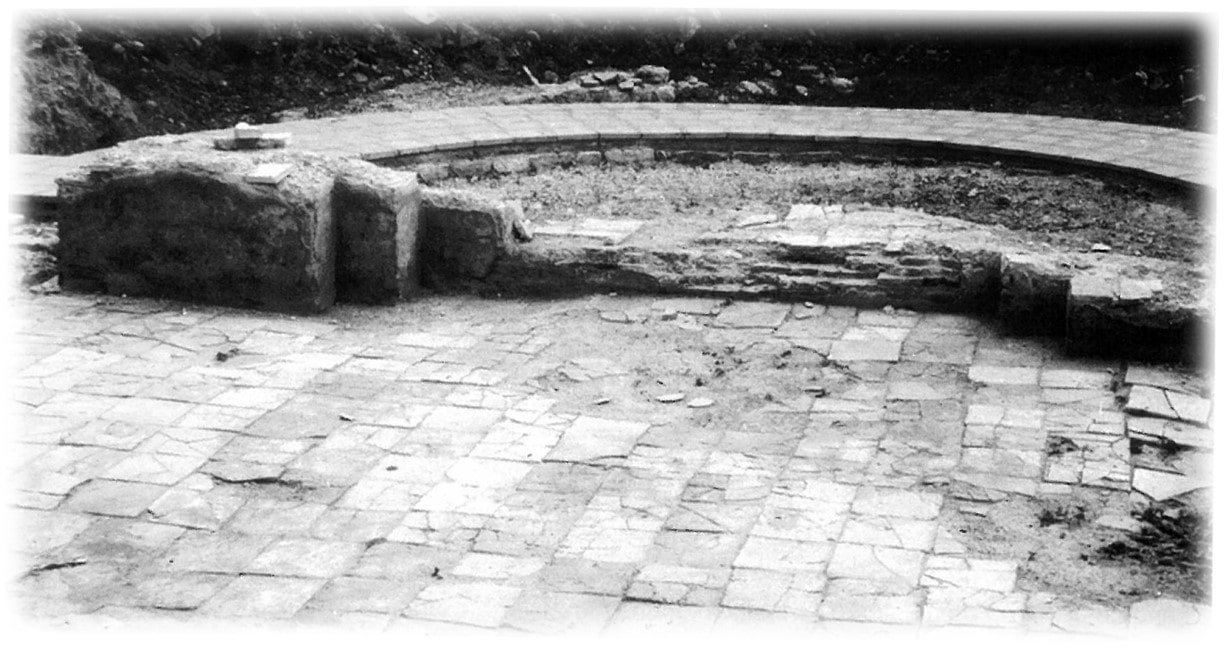Marcianopolis
per person
In 1829, the Russian archaeologist I. F. Blaramberg (1772–1831) identified the ruins near the springs of Reka Devnya village as Marcianopolis, a town well known from the ancient written sources. Later on, Hungarian ethnographer Felix Kanitz (1882), Czech historian Konstantin Jireček (1888) and Austrian epigrapher Ernst Kalinka (1906) also wrote about the town. The initial archaeological investigations in Marcianopolis were carried out by Heinrich Hartl – professor of geodesy at the University of Vienna, in September – October 1898. He also drew the first plan of the town.
Marcianopolis was founded in the northeastern area of the Roman province of Thrace. According to some locals, it was named after the sister of Emperor Trajan – Marciana (Marcia). For this reason, it is assumed that the town was established during the reign of Trajan (98–117). Information about its foundation is epigraphic and literary. Marcianopolis was built near the springs of the Potamus River (today Devnya River). The location was chosen for strategic reasons. There was the crossroad from Constantinople and Anchialos, through Haemus, to the province of Scythia and the Danube road, with the road from Odessos and the Pontic road to Nicopolis ad Istrum – Melta (today Montana). The availability of potable water, fertile land and stone quarries for building material were also essential. The earliest known epigraphic texts bearing the town’s name date from the time of Emperor Antoninus Pius (138–161). Marcianopolis was within the confines of the province of Thrace until the early193. During the three-month long reign of Emperor Pertinax (January 1st – March 28th, 193), the northern border of the province was moved to the south and the town and its territory became part of the neighboring province of Moesia Inferior. In the late 3rd c., after the administrative reforms of Emperor Diocletian (284–305), Moesia Inferior was divided into two provinces – Scythia and Moesia Secunda. Marcianopolis became the Capital of Moesia Secunda.
The town was built in a territory inhabited by Thracians from the Krobyzoi tribe. The population there was mixed, consisting of Greeks, Romans and Thracians. Marcianopolis’ connections with Asia Minor were also strong. They took place through Odessos and Anchialos, evidenced by the spread of Asia Minor cults in the town, as well as the early penetration of Christianity, brought from the Asia Minor province of Bithynia.
In the 4th century, the importance of Marcianopolis grew at the expense of Odessos as a fortified center on the shortest route from the Istros River (today the Danube River) to Constantinople. The Byzantine List of Official Ranks and also an epigraphic text from the first half of the 4th c. report that an imperial weapons workshop (fabricae) operated in the town.
Marcianopolis was an important Episcopal centre as well. Initially, it was the seat of the Metropolitan of the diocese of Moesia Secunda (325–431), and later (6th – early 7th c.) of the diocese of Haemimont, subordinated to the Patriarch of Constantinople.
The life of the martyr Melitina provides detailed data on the spread of Christianity in Marcianopolis. She preached there during the reign of Emperor Antoninus Pius (138–161). Her sermons were strongly admired by the town population and the local government put her to the sword. Still another hagiographic indication comes from the time of Emperors Maximian and Diocletian (303 – 311). It is contained in the lives of the Christian martyrs Maximus, Theodotus and Asclepiodota. Asclepiodota and her son Theodotus were captured and accused of being Christians and put to trial in Marcianopolis. At the trial led by the Governor of the Diocese of Thrace – Teres, in the amphitheater of Marcianopolis, another local resident named Maximus stood up for them and was also arrested. From Marcianopolis the three Christians were taken to Hadrianopolis and subsequently along the road to Philippopolis, in the village of Saltus, sentenced to death and executed. Saint Alexander was also tortured in Marcianopolis.
From the 4th c. onwards, we know the names of bishops of Marcianopolis, and from the 5th c. also of archbishops. For the first time the name of Marcianopolis is mentioned as an Episcopal center in 325 in connection with the First Ecumenical Council of Nicaea. The Bishop of Marcianopolis – Pystus, took part in it. Pystus is also reported among the bishops present at the Council of Serdica, directed against the Arians, in 343. The written sources have preserved the names of several Marcianopolis bishops. During the First Gothic War (366 – 369) of Emperor Valens (364 – 378), the bishop was Domnim. At that time Marcianopolis was visited by Eudoxius Bishop of Constantinople. In 381 Martyrius was bishop of Marcianopolis, in 394 – Epagatus, in 430 – 431 – Dorotheus, and in 431 – 448 – Saturninus. Around 458, the archbishop of Marcianopolis was Valerian. In the 6th –early 7th c., Marcianopolis was the seat of the Bishop of the province of Haemimont.
The last mention of Marcianopolis dates from 596 reporting on the campaign of Peter, brother of Emperor Mauritius (582 – 602), against the Slavs. During the attacks of the Avars in 614-615, the town was finally destroyed and abandoned.
FORMAL ANALYSIS
So far, five early Christian churches have been revealed in Marcianopolis and its outskirts. Three of them (one badly damaged) were explored by K. Škorpil. A three-nave, single-apse (Episcopal) basilica with a multi-coloured mosaic floor was also discovered in the town. Still another three-nave single-apse (Cemeterial one) church existed outside the fortress walls of Marcianopolis, in the area of Tabia.
The Bishop’s Basilica. The largest basilica is located in the supposed center of the ancient town and often denominated as the Great or Episcopal Basilica. It has been suggested that there was the seat of the highest clergy in the province – due to its size, location, interior construction and outstanding decorations.
The basilica was studied in 1956-1967 by M. Mirchev and G. Toncheva. It is located on an east-sloping terrace with an altitude of 41 m and stands about 90 m from the western fortress wall of Marcianopolis. The edifice is oriented with a deviation of 18 degrees to the northeast. It was constructed with a semicircular apse and a narthex with six entrances. The basilica is three-nave with two rows of five marble columns supporting the arches, with capitals in the late Corinthian style decorated with medallions, typical of the second half of the 5th and the early 6th c. The apse (7.40 m wide x 4.10 m deep) has a three-step synthronon. Next to it (from the north) was the baptistery rectangular in plan. The floor of the central nave was covered with mosaics. A tomb was built under the floor of the basilica. Its location suggests that it was predestined for a superior representative – possibly a priest or founder.
Basilica extra muros in the area of Tabia. The area of Tabia is located about 120 m away from the eastern fortress wall of Marcianopolis. It was studied in 1989, 1991 – 1993. The edifice is oriented 20 degrees to the northeast. The basilica was constructed with a semicircular apse and an undivided narthex. It is preserved mainly in foundations. The apse is 6.10 m wide and 3.96 m deep. The altar is raised with one step (bema), separated from the nave by a marble alter screen.
The basilica is of three naves with two rows of six columns. They are built of semi-circular bricks on stone bases over a stylobate. The connection between the narthex and the nave is through three entrances. The floor (preserved only in the pre-altar space) is paved with square bricks. To the northeastern and southeastern corners of the basilica, probably in the early 6th c., a baptistery and a diaconicon were added on a joint. It is supposed to be a Cemeterial church in one of the necropolises of Marcianopolis.
The basilica was destroyed in the late 6th c. – the time of the Avar and Slavic attacks. After its destruction, the diaconicon was used for residential and economic needs. Another earlier basilica with an apse five-walled from the outside was revealed to the east. The later basilica was built in its place.
HRISTO KUZOV
- MARCIANOPOLIS (Devnya, Devnya municipality, Varna district) © PLAN. AFTER K. SKORPIL
- The Episcopal basilica
- Episcopal basilica. Moments of research and Mosaics on the nave floor
- Episcopal basilica. Moments of research and Mosaics on the nave floor
- Episcopal basilica. Moments of research and Mosaics on the nave floor
- Mosaic from the Episcopal Basilica. Detail
- Alter screen of the Cemeterial basilica.
- The cemetrial basilica in Tabia area. The apse
- Church NE from the fortress wall
- Marcianopolis. Villa urbana – plan
Tour Location
Marcianopolis
| Other monuments and places to visit | |
| Natural Heritage | |
| Historical Recreations | |
| Festivals of Tourist Interest | |
| Fairs | |
| Tourist Office | In Varna |
| Specialized Guides | Yes in the Museum of Mosaics - Devnya |
| Guided visits | Yes |
| Accommodations | In the nearby main town of Varna |
| Restaurants | Better in nearby Varna |
| Craft | |
| Bibliography | |
| Videos | |
| Website | Visit Varna; trip adviser |
| Monument or place to visit | The Early Christian churches are below the modern town. Conservation and socialization is not foreseen at this stage. Some of the mosaics and other architectural elements are on display in the Museum of Mosaics in Devnya town, built over the original remains of a villa urbana dating from the late 3rd – early 4th to the 6th c. The floors are decorated with multi-coloured mosaics preserved in situ. |
| Style | Early Byzantine church architecture |
| Type | Church and secular architecture |
| Epoch | 4th – 6th centuries |
| State of conservation | None for the churches; good for the villa urbana |
| Degree of legal protection | Archaeological Reserve Marcianopolis |
| Mailing address | devnya_museum@abv.bg |
| Coordinates GPS | 43°13′00″N 27°35′00″E |
| Property, dependency | Ministry of Culture – Republic of Bulgaria |
| Possibility of visits by the general public or only specialists | General public visits |
| Conservation needs | Very necessary |
| Visiting hours and conditions | Summer May – September 10 a.m. – 16 p.m. No days off. Winter October – April 10 a.m. – 16 p.m. Saturday and Sunday days off. |
| Ticket amount | Adults 4 BGN. Discounts depending on the age |
| Research work in progress | |
| Accessibility | Good. Access for people with disabilities. |
| Signaling if it is registered on the route | |
| Bibliography | Vassil Tenekedjiev. Another look at the Large Basilica in Marcianopolis: the problem of its construction and dating - In: Niš and Byzantium. Niš, 2019, 129 – 156 (with bibliography). |
| Videos | |
| Information websites | Tripadvisor |
| Location | Devnya |


